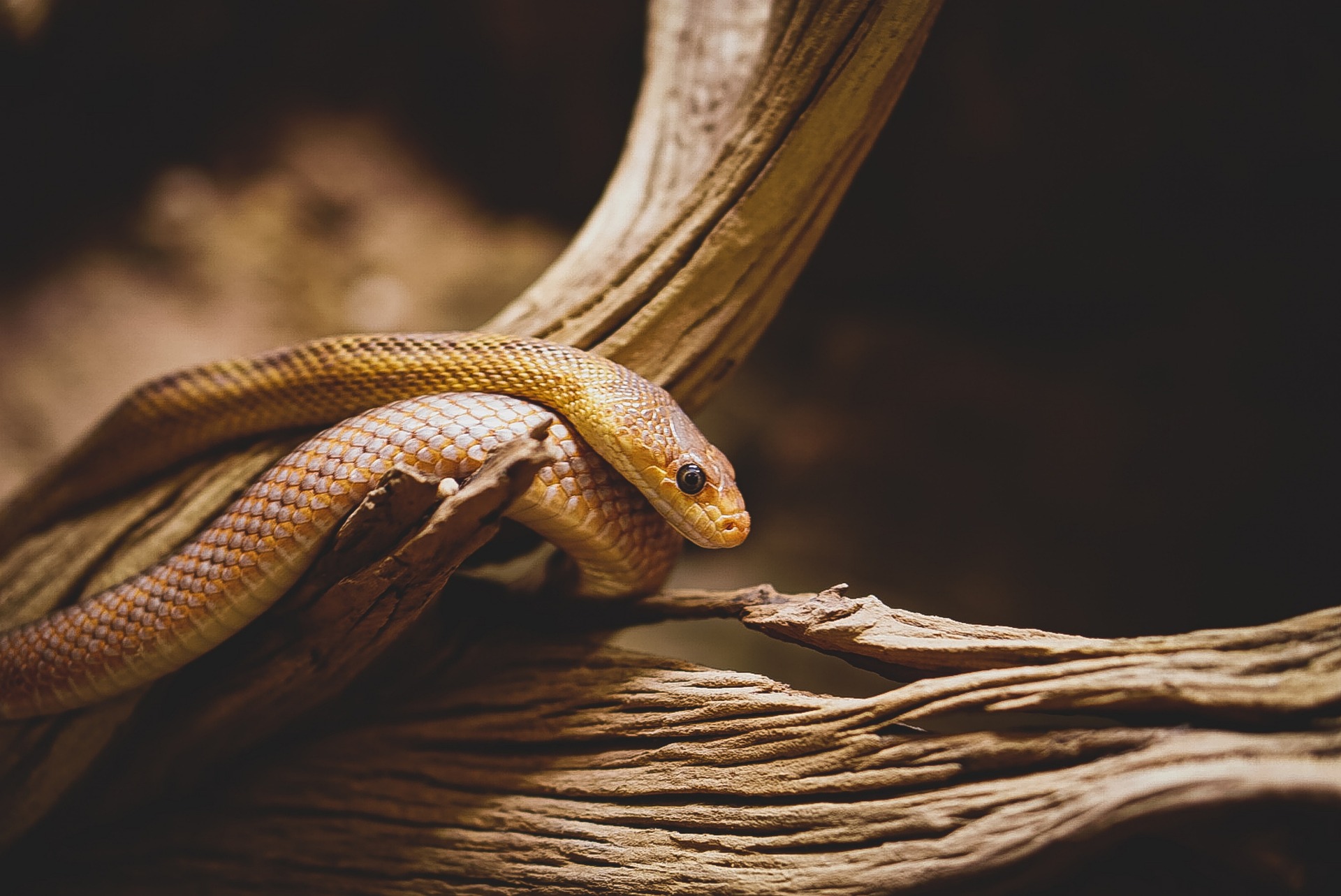Simple solutions to control pests
Did you know that many common pests can be deterred using kitchen ingredients? Discover simple, effective methods to keep your home pest-free without harsh chemicals. Pests can invade any space, turning a peaceful home into a nightmare. The good news is that many simple solutions exist to help you combat these unwanted guests. You may be wondering: What pests are most common? What natural remedies are effective? How can I prevent future infestations? In this article, we will explore various approaches to pest control, focusing on natural solutions and preventive measures. By the end, you'll have diverse strategies to keep your home and garden pest-free.

What are the most common household pests in Australia?
Understanding the pests you’re dealing with is the first step in effective control. In Australia, some of the most common household pests include:
-
Cockroaches: German and American cockroaches are prevalent in many Australian homes.
-
Ants: Various species, including coastal brown ants and black house ants, can invade kitchens and living areas.
-
Spiders: While most are harmless, redback and funnel-web spiders can be dangerous.
-
Rodents: Mice and rats can cause significant damage and spread diseases.
-
Termites: These wood-destroying insects can cause extensive structural damage if left unchecked.
Identifying the specific pest problem you’re facing will help you choose the most appropriate control methods.
How can natural remedies effectively control pests?
Natural remedies for pest control are often safer for humans and pets, and many can be made using common household items. Here are some effective natural solutions:
-
Vinegar and water solution: Mix equal parts white vinegar and water in a spray bottle to deter ants and other crawling insects.
-
Diatomaceous earth: This natural powder can dehydrate and kill many insects when sprinkled in problem areas.
-
Essential oils: Peppermint, eucalyptus, and tea tree oils can repel various pests when diluted and sprayed around entry points.
-
Citrus peels: Place lemon or orange peels near entry points to deter ants and cockroaches.
-
Bay leaves: These can repel moths and other pantry pests when placed in food storage areas.
Remember to reapply these natural remedies regularly for the best results.
What traps and barriers are effective for pest control?
Using traps and barriers can be an excellent way to manage pest populations without relying on chemicals. Some effective options include:
-
Sticky traps: These work well for catching crawling insects like cockroaches and spiders.
-
Pheromone traps: These attract and trap specific pests, such as moths or fruit flies.
-
Ultrasonic repellents: While their effectiveness is debated, some people find these devices helpful in deterring rodents.
-
Door sweeps and window screens: These physical barriers prevent pests from entering your home.
-
Copper tape: When placed around planters or trees, this can deter snails and slugs.
Combine different types of traps and barriers for comprehensive pest control.
How does maintaining cleanliness prevent pest infestations?
Cleanliness is one of the most effective preventive measures against pest infestations. Here’s how you can maintain a clean, pest-resistant environment:
-
Regular cleaning: Vacuum and mop floors frequently to remove food particles that attract pests.
-
Proper food storage: Keep dry goods in airtight containers and refrigerate perishables promptly.
-
Garbage management: Use sealed bins and dispose of trash regularly.
-
Decluttering: Reduce potential hiding spots for pests by keeping your home organized.
-
Fix leaks: Address any water leaks promptly, as many pests are attracted to moisture.
In Australia, maintaining a clean home is particularly important due to the warm climate, which can encourage pest activity year-round.
When should you call a professional pest control service?
While many pest problems can be managed with DIY methods, some situations require professional intervention. Consider calling a pest control service when:
-
You’ve identified a termite infestation, which can quickly cause extensive damage.
-
You’re dealing with a large or persistent rodent problem.
-
You’ve spotted signs of bed bugs, which are notoriously difficult to eradicate.
-
You’re experiencing recurring pest issues despite your best efforts.
-
You’re concerned about dangerous species like funnel-web spiders or brown snakes.
Professional pest control services in Australia are regulated and can provide safe, effective solutions for more serious pest problems.
What are some unique pest control tips for Australian homes?
Australia’s diverse climate and unique ecosystem call for some specific pest control strategies:
-
Install fly screens: These are essential for keeping out flies and mosquitoes, which can be particularly problematic in tropical and subtropical regions.
-
Use native plants: Australian native plants are often more resistant to local pests and can help create a natural barrier around your home.
-
Implement possum deterrents: In urban areas, possums can be a nuisance. Use motion-activated lights or sprinklers to discourage them.
-
Be wary of wood mulch: While popular in gardening, wood mulch can attract termites. Consider alternatives like pebbles or river rocks.
-
Regular roof and gutter maintenance: This can prevent pest entry points and reduce habitats for pests like possums and rats.
By implementing these Australia-specific strategies alongside general pest control methods, you can create a comprehensive approach to keeping your home pest-free.
In conclusion, effective pest control doesn’t always require harsh chemicals or expensive treatments. By understanding common pests, implementing natural remedies, using traps and barriers, maintaining cleanliness, and knowing when to seek professional help, you can keep your Australian home pest-free. Remember that consistency is key in pest control, and a combination of methods often yields the best results.




